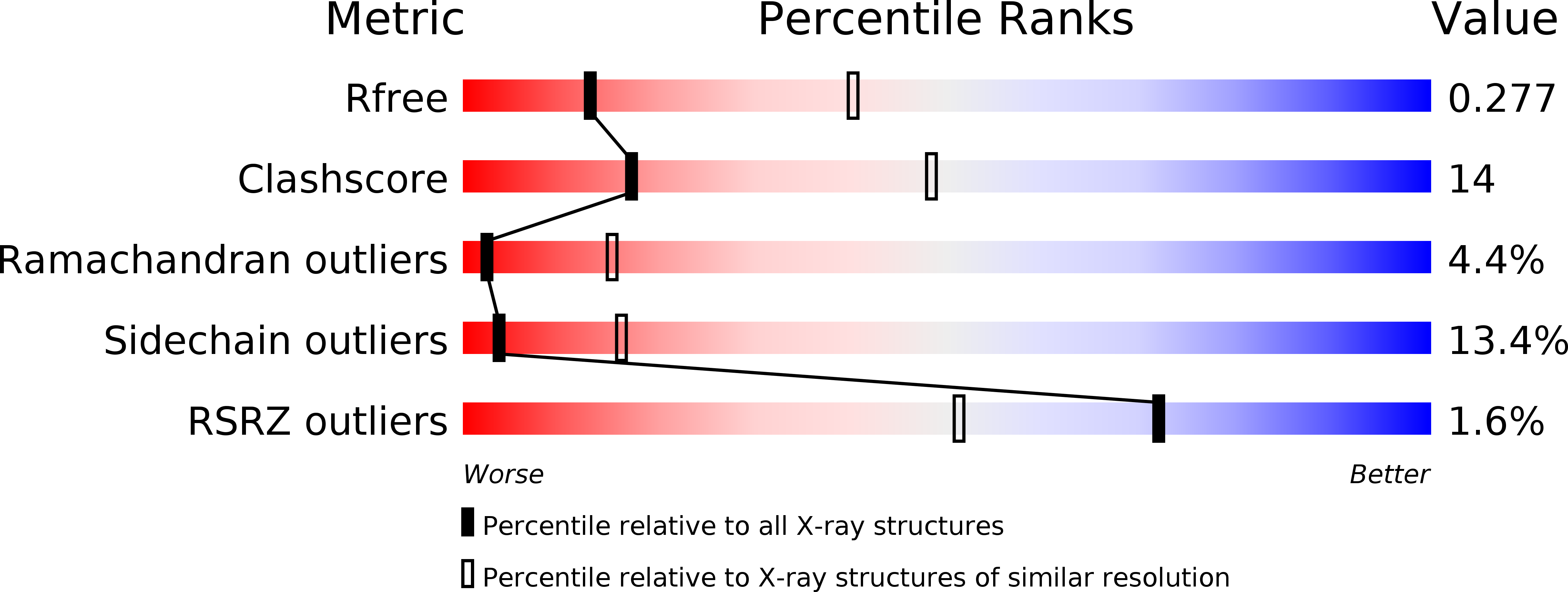
Deposition Date
2013-06-06
Release Date
2013-08-14
Last Version Date
2024-10-09
Entry Detail
PDB ID:
3WD5
Keywords:
Title:
Crystal structure of TNFalpha in complex with Adalimumab Fab fragment
Biological Source:
Source Organism:
Homo sapiens (Taxon ID: 9606)
Host Organism:
Method Details:
Experimental Method:
Resolution:
3.10 Å
R-Value Free:
0.27
R-Value Work:
0.18
R-Value Observed:
0.19
Space Group:
I 21 3


